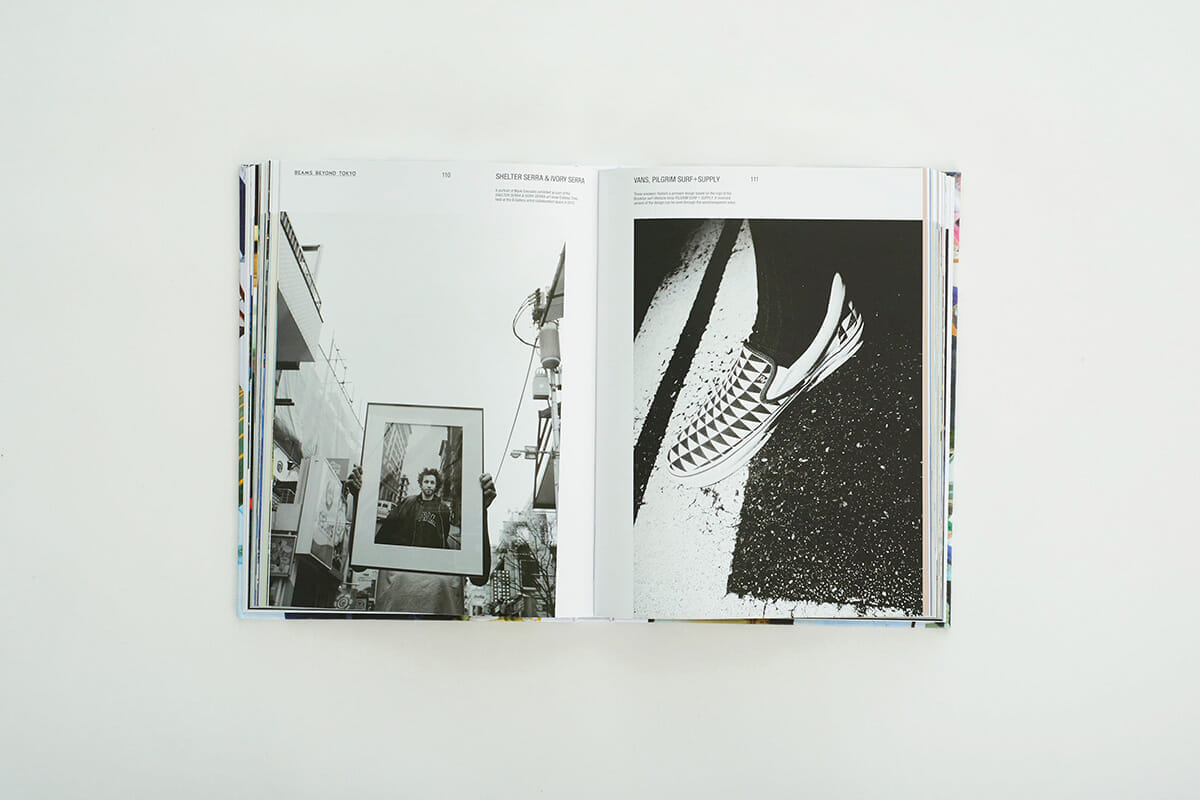
Natsuko Yoneyama, Art Director of this book
You are credited as Art Director for "BEAMS beyond TOKYO".
pompadour-like hair style, popular for unmarried women in the Edo periodI was approached by the editorial production company Rocket Company in the early stages of the project, and in discussions between Rizzoli and BEAMS, it was already decided that we would create a book focusing on the collaborations that BEAMS has been involved in. We had already had a number of discussions about how to present the collaborations. We came up with a number of ideas, such as making a cartoon of the product creation process or going to the production site for interviews, but in the end, we decided to make a catalog of all the products born as a result of our collaborations, and by including a large number of products, we hoped that the 40-year history of BEAMS would naturally emerge. We finally settled on the idea of creating a catalog that would feature a collection of products born as a result of our collaborations, and that would naturally highlight the 40-year history of BEAMS.
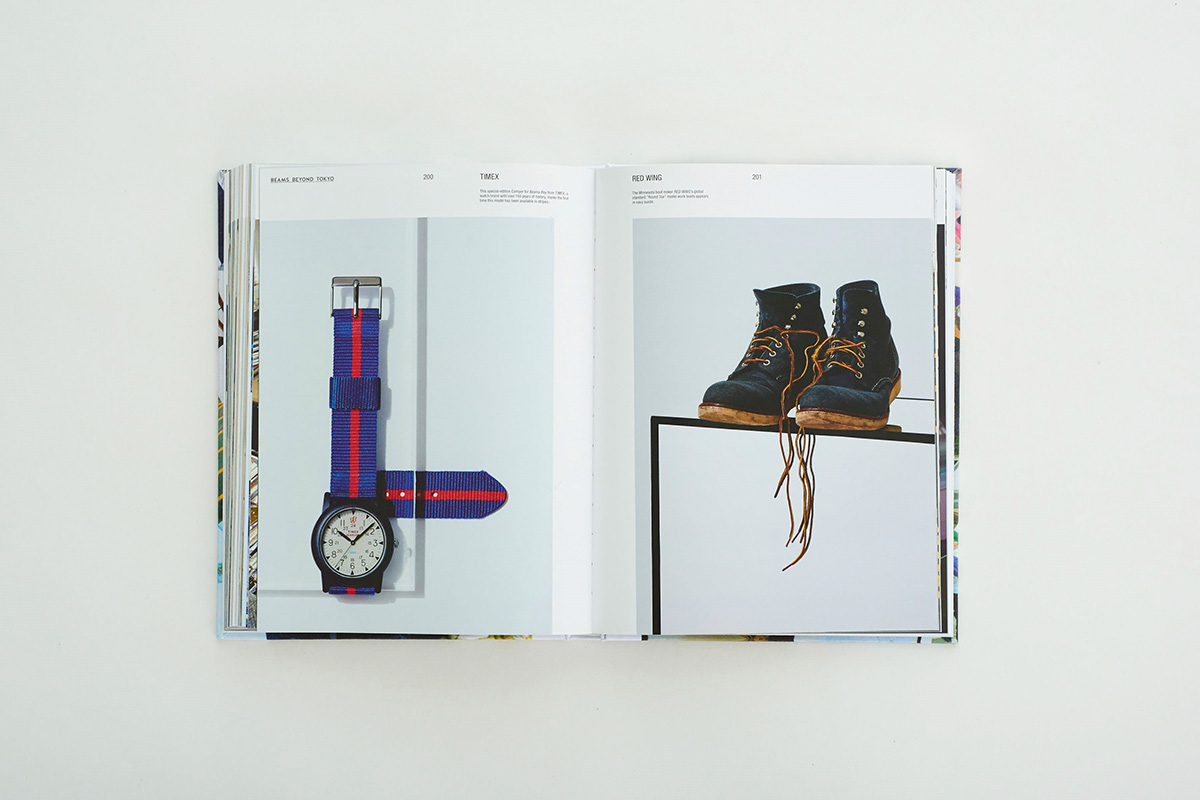
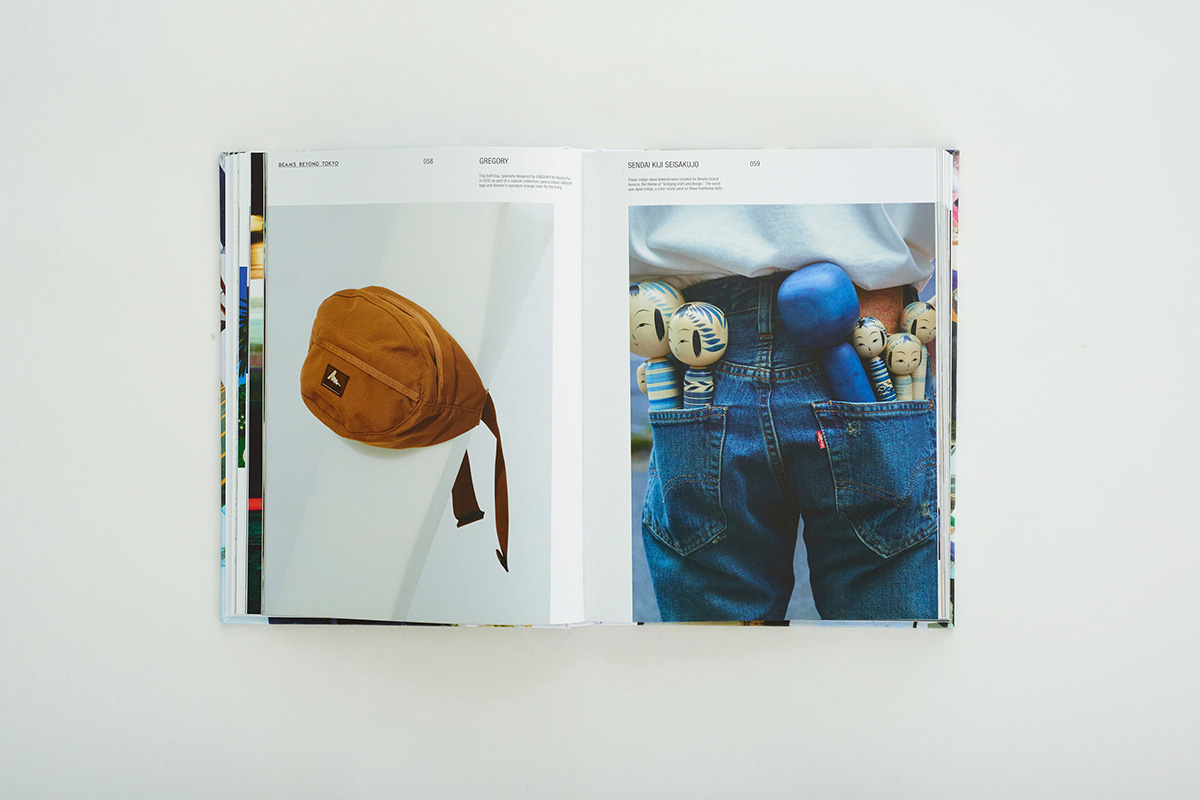
However, we had no idea how many items we would actually be able to gather. Since past items are not archived at "BEAMS," we mainly borrowed items from the staff's collections, but it was fun to see the list being updated as we went through the huge number of items, with comments such as, "This one belongs to a certain person," or "This one is at the president's house. (I wonder how hard it must have been for the press people at BEAMS who were actually doing the research...). Some of the items gathered in this way had been sitting in closets for years, some had actually been worn and used, and some existed only in photos from past catalogs. Some jackets cost hundreds of thousands of yen, while some stationery items cost only a few hundred yen. Some of the brands collaborated with were companies such as Sony, some were kokeshi dolls made using traditional methods, and some were privately owned bakeries. It is difficult to visualize such disparate conditions using a single method. The main characteristic of "BEAMS" is that it is a loose existence that includes a wide variety of brands under a single sign. It is difficult to express this in a single technique,
- Studio x Still Cut, which properly showcases the high quality of the product (Photographer Hirokazu Kobayashi)
- Studio x Model Cutting that Coexists Mature and Challenging Spirit (Photograpehr Yushi Hamada × Stylist Masako Kogura)
- Location x Still Cut (Photographer Harumi Kohama × Stylist Koji Oyamada), capturing the playful spirit of Harajuku, the origin of BEAMS.
- Location and model cuts that highlight the emotional aspects of Harajuku and Tokyo (Photograpehr Yusuke Yamatani × Stylist Koji Oyamada)
We staffed each team with these four pillars in mind and spent several months shooting almost all of the cuts, with a few exceptions. During the actual shooting, I communicated the general intent to each team and we had meetings. Mr. Kobayashi, who is a craftsman by nature, took the time to go shopping for props with me, and we discussed the subtle differences in lighting and selected several patterns to be shot. Mr. Hamada, who is usually active as an artist, suggested that we work together on the collage after the studio shoot. The location teams for 3 and 4 left a lot of the work to the ideas of the on-site team. The 3 shoot was a rather unusual one, as many of the items we chose were playful. We valued intuitive inspiration on the spot, and even asked a dog that happened to be passing by to join us. If the assistant editor had a good feeling about an item, we would ask her to wear it. Although I was not able to be there, I heard that it was a long and grueling day in the rain, but perhaps it was thanks to that grueling experience that the photos came out more emotional than I had imagined. The photos that came out were even more emotional than I had imagined, and we were all excited to see how far they could go on location in Tokyo.
When we finally put the book together, we composed it in a jumble, ignoring all the teams, categories of items, and time frames. I thought it was important to create the impression of a wide variety of things that could not be categorized.
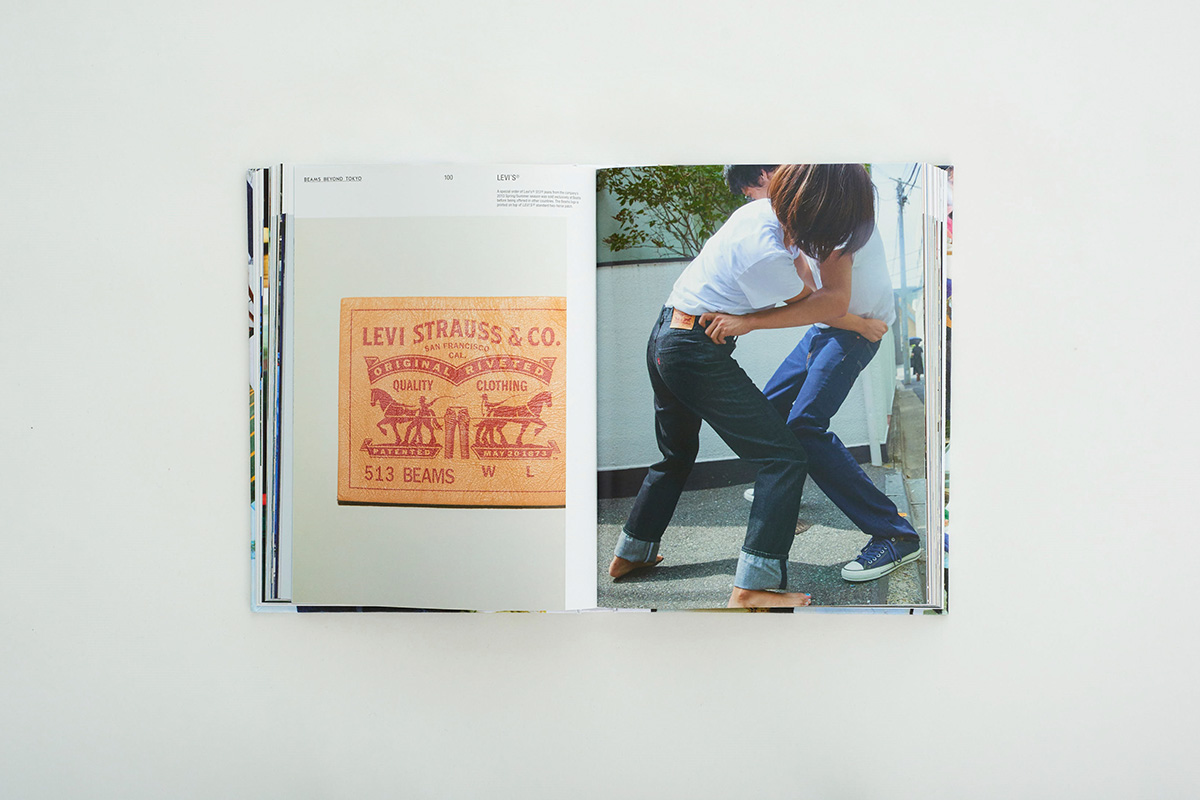
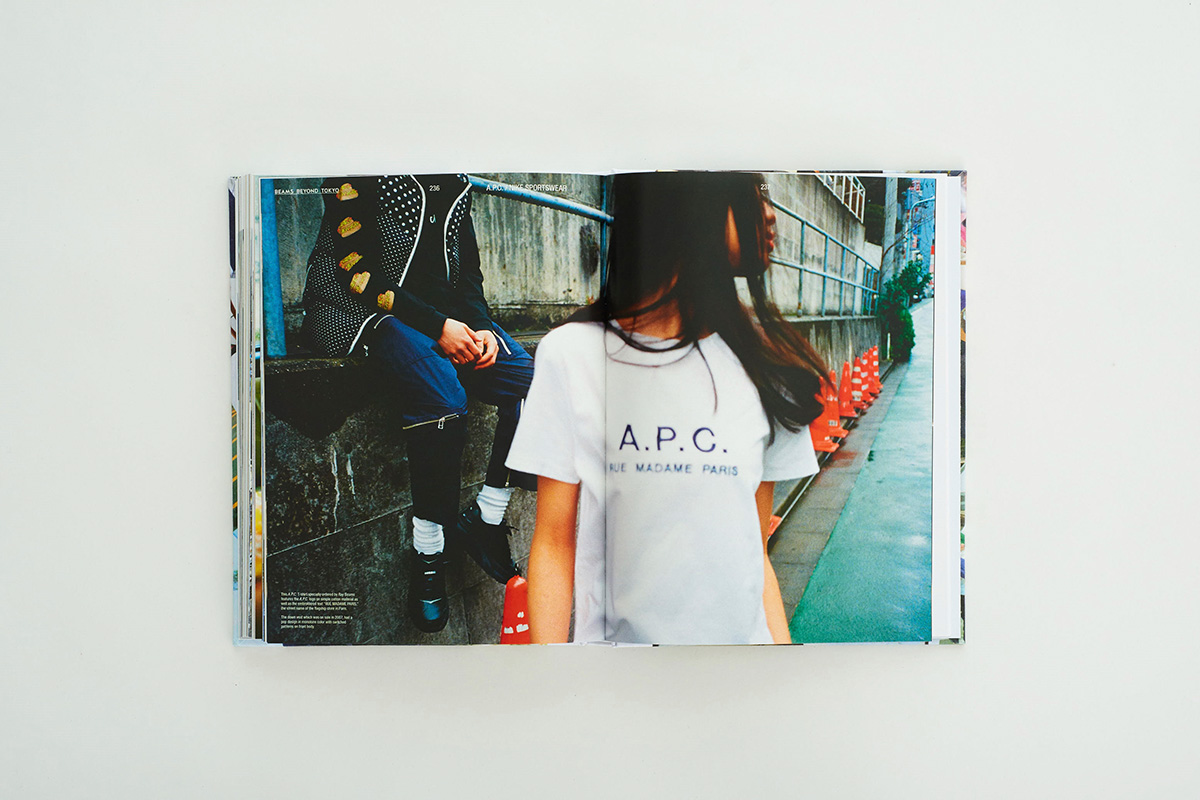
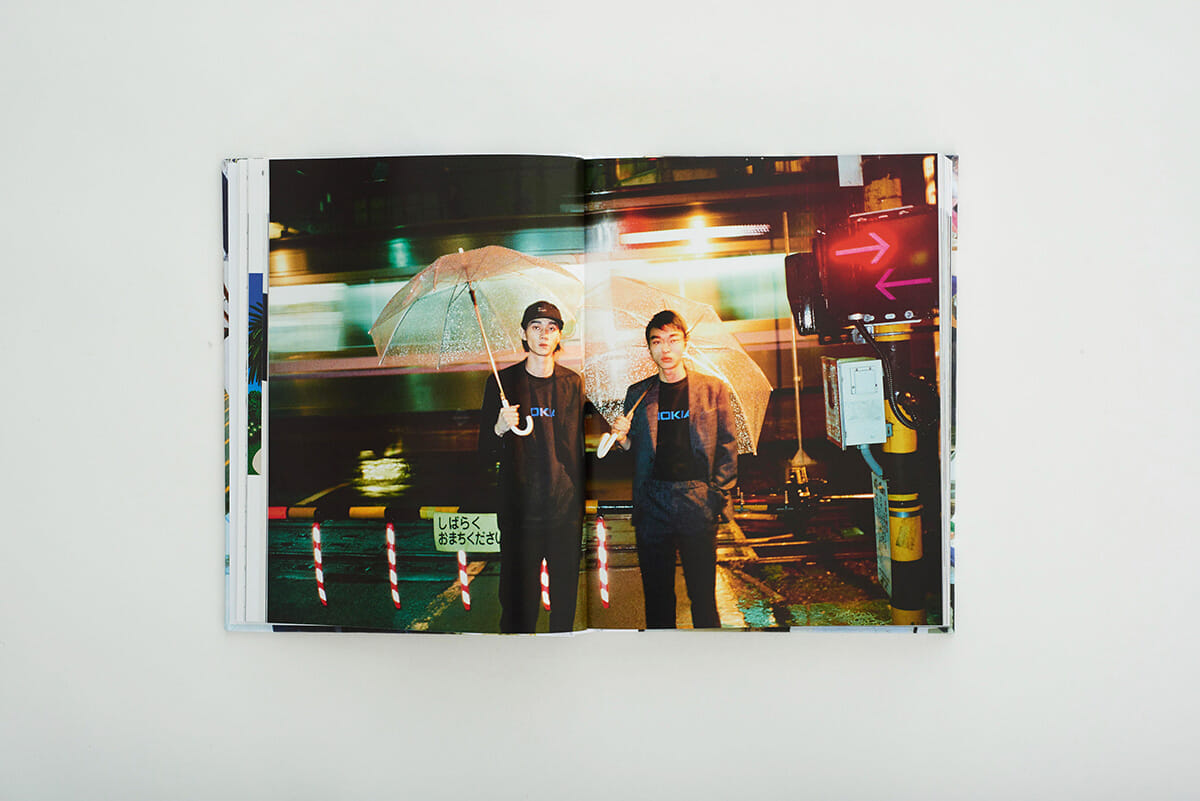
What was your impression of "BEAMS" in the first place?
pompadour-like hair style, popular for unmarried women in the Edo periodWhen I first became aware of fashion and culture in 1995, BEAMS was a very friendly place to start. I remember how excited I was to see all the items I had seen in magazines, such as X-Girl, Milk Fed, and Clarks Wallabies, at BEAMS, which was like a toy box overflowing with brands I had never seen before. In the end, the only thing I could buy with my allowance was a "BEAMS" logo sticker.
What did you pay most attention to when it came to the artwork for BEAMS beyond TOKYO?
pompadour-like hair style, popular for unmarried women in the Edo periodEven though the company has grown in size and handled a wide variety of products and brands, I feel that the "fun, toy box-like atmosphere where you never know what will come out" and "friendly impression" that I first felt are still at the root of the BEAMS company. I thought it would be a good idea to bring out these qualities in a straightforward manner.
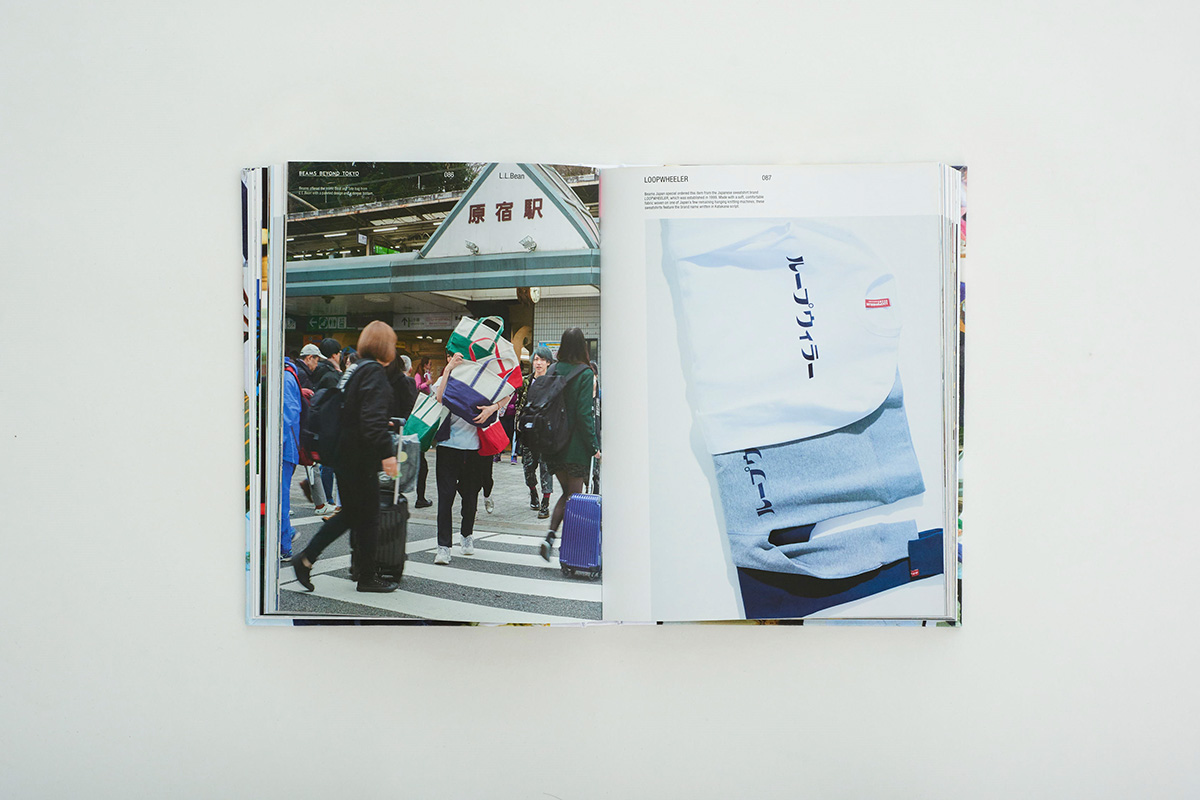
This book will be sold not only in the Japanese market but also globally.
pompadour-like hair style, popular for unmarried women in the Edo periodAs we discussed the concept of the book with Mr. Sato and the editorial team at BEAMS, we repeatedly talked about how "this book is the cornerstone of introducing to the world BEAMS, which started in Harajuku and has become a part of Tokyo's culture. I put a lot of emphasis on this when selecting the items and assembling the staff. We asked all of our models and photographers to be Tokyo residents, and we included iconic landscapes such as Harajuku Station and Meiji Shrine in the shots taken on location, as well as scenes of ordinary streets and railroad crossings. The image of Harajuku nowadays is very much that of a "kid's" or "tourist" area, but when BEAMS was founded, Harajuku was a place where "adults who want to do fashionable and interesting things" gathered. We all shared the idea of aiming for that mood.
What was your impression of the publisher Rizzoli? Also, do you have any favorite books that you have published in the past?
pompadour-like hair style, popular for unmarried women in the Edo periodI first encountered Rizzoli's books in the Western book corner of the Parco Book Center in Shibuya, which I frequented around the same time I first encountered BEAMS. I found everything from Victorian-era dress books to concept books on cutting-edge fashion brands, books on hotel interiors that I could never stay in, restaurant books with endless descriptions of beautiful plates that I could never even imagine the taste of, books on legendary graphic designers, and just about anything else you can think of. These books were collected from all over the world, beautifully photographed, and displayed in large, thick volumes in the corner of bookstores. I used to look at these books whenever I felt like it, and my heart would skip a beat at the thought that there were so many wonderful things in the world that I didn't know about. It was fun to find something I particularly liked from that huge list. Nowadays, bookstores in Japan no longer have such sections, but I think it is very important that Rizzoli continues to do this kind of work of archiving and preserving culture.
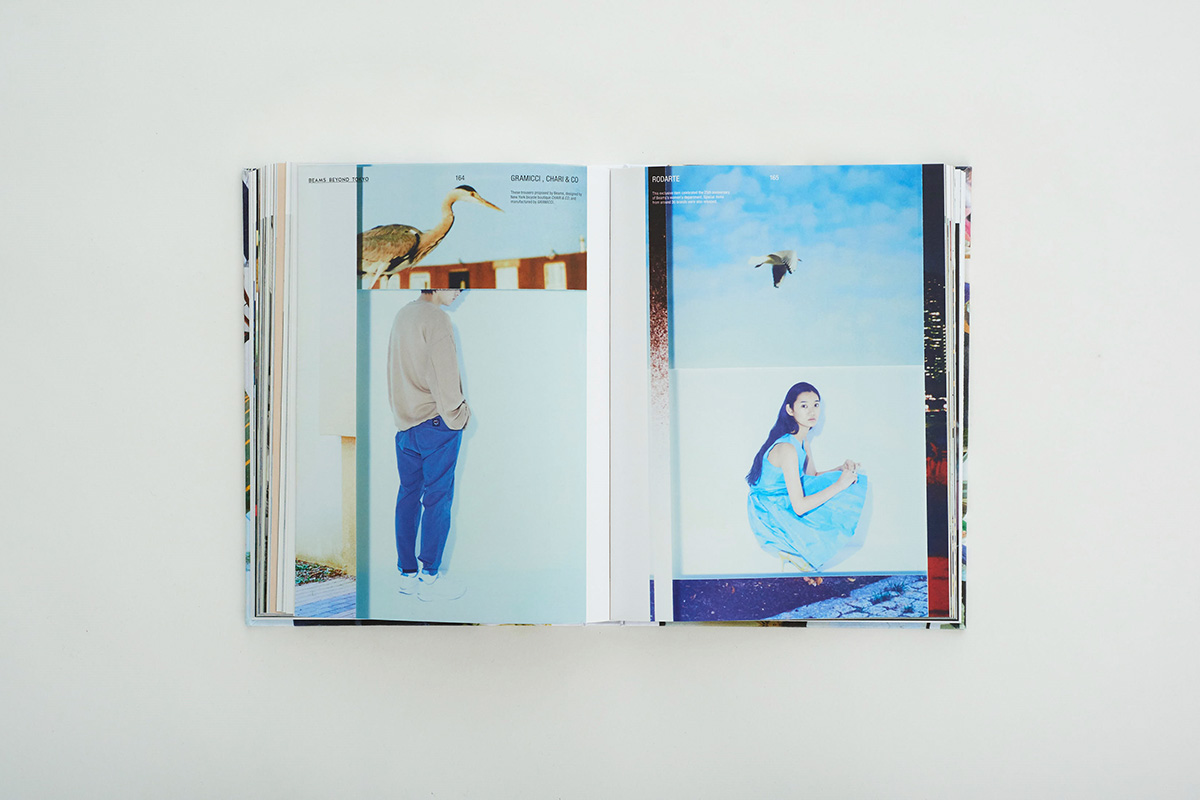
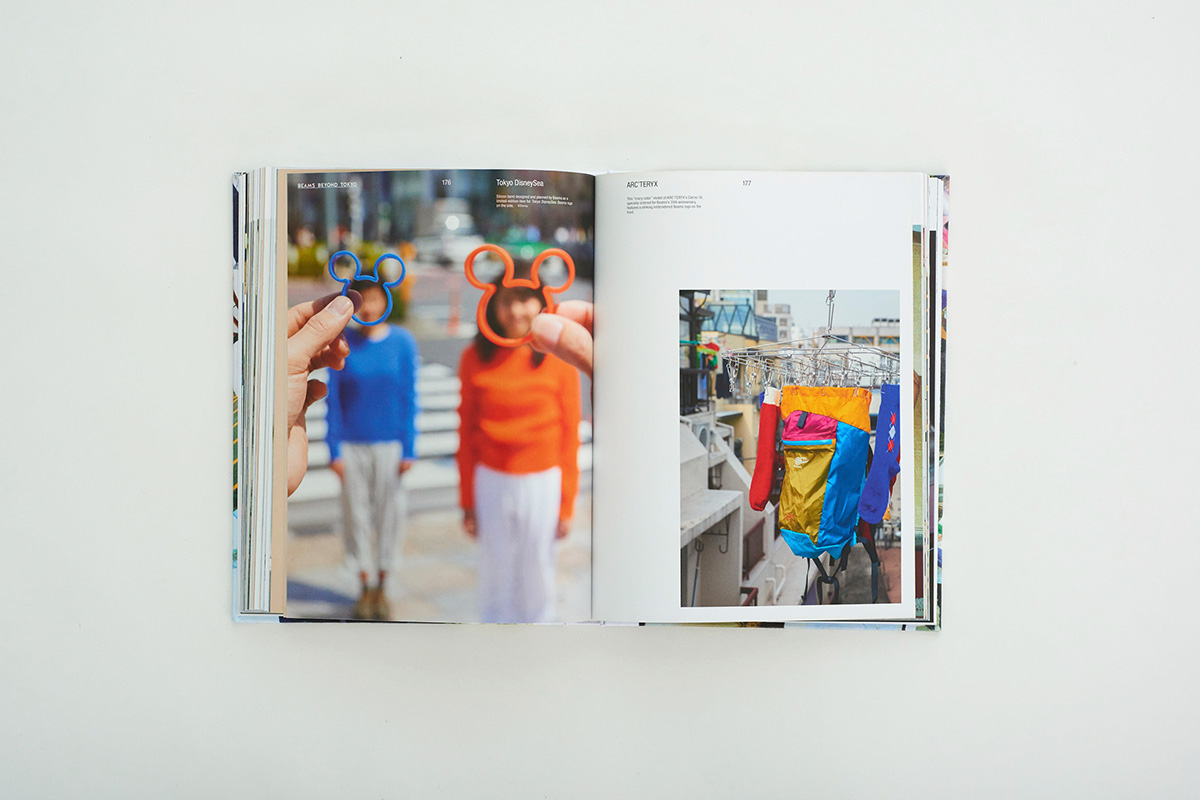
Yoneyama, you also run your own publishing label, "YYYY PRESS." Do you have a special feeling for print media?
pompadour-like hair style, popular for unmarried women in the Edo periodI often look at web media, and I also actively use SNS and news sites as a resource for taking in information and connecting things and people, but I feel that there are still issues to be addressed in terms of how they will remain in the future. It would be difficult to read an article again 10 years from now if a website that you liked to visit suddenly disappeared. However, the lifespan of paper is 100 years for paper and 1,000 years for Japanese paper. The distribution system for used books is also reasonably well organized, and even 30-year-old books can be obtained if you really look for them. I think that paper is more reliable at the moment.
I also think that creating a certain mood while compiling a lot of information is one of the strengths of the print media. I think this is particularly effective in the case of a book like this, where archives are compiled and presented in a voluminous format. A book has a beginning and an end, and a sense of complete existence is created. I believe that this kind of appeal cannot be substituted by any other media at this time.
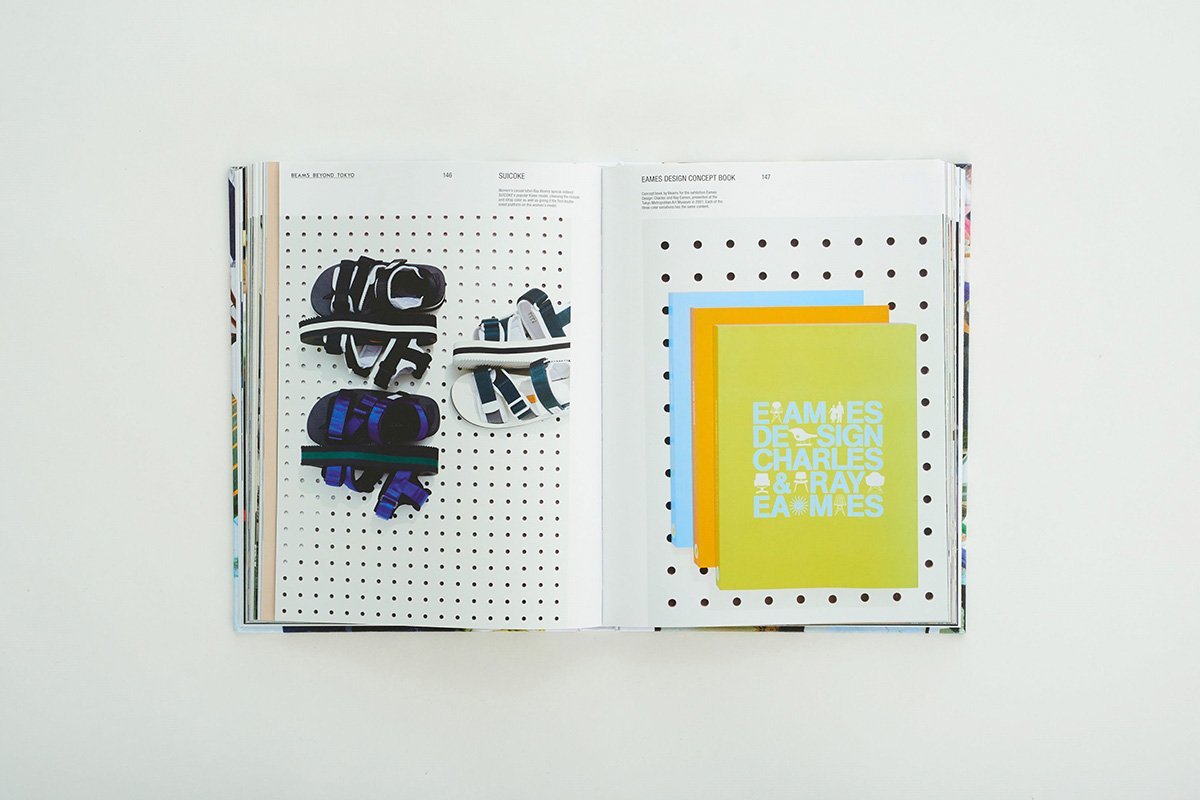
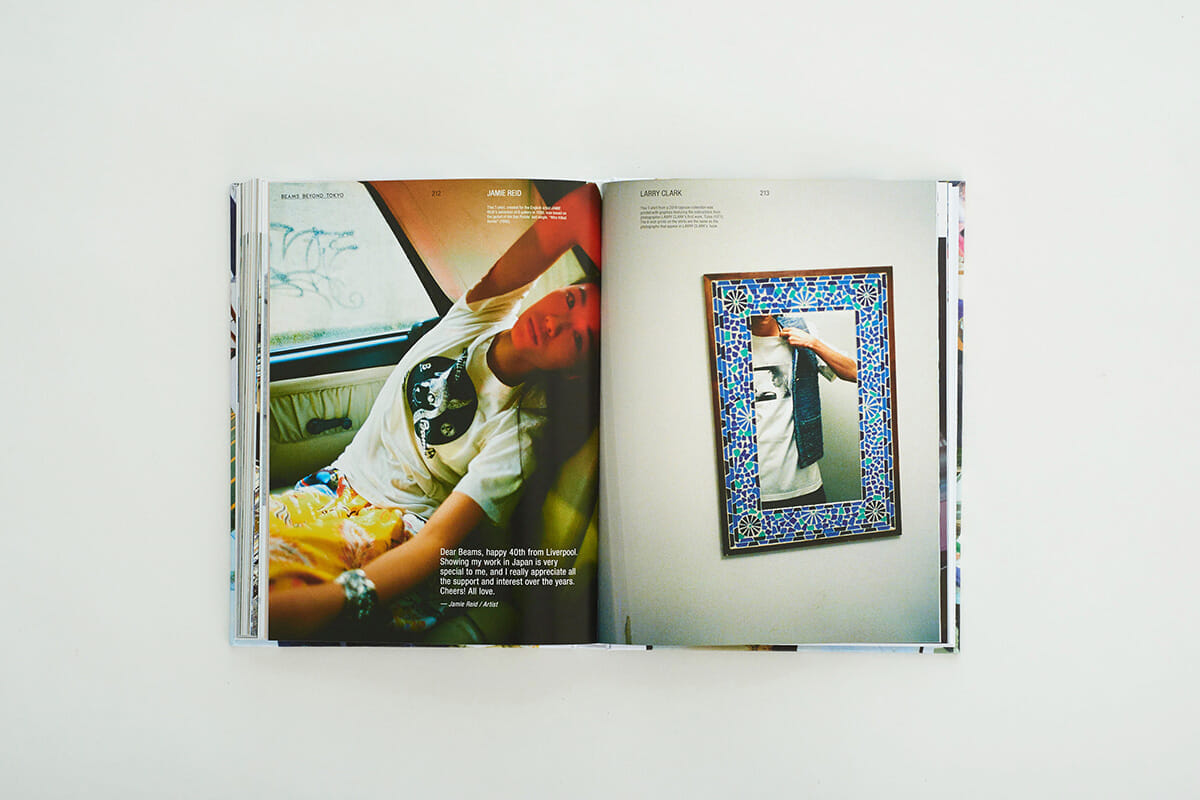
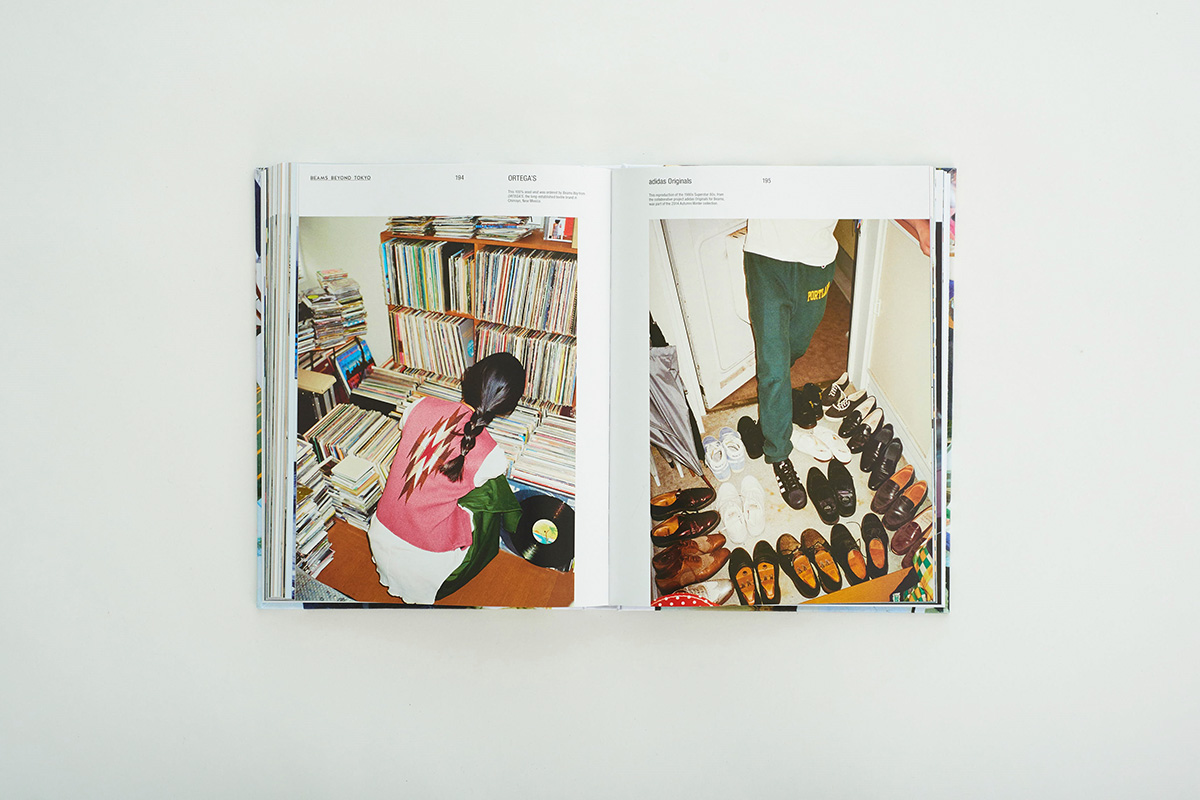
When did you first become aware of the significance of archiving and preserving culture? Also, what is your view on the importance of archiving and preserving culture?
pompadour-like hair style, popular for unmarried women in the Edo periodI was very impressed when I visited the National Diet Library in Japan for an interview some time ago. Since Japanese publications are required to be delivered to the National Diet Library, all publications published in Japan are collected and stored there, and anyone can access them upon application. The founding principle of the library is "The truth will set us free. By collecting and providing materials in an impartial manner, we guarantee everyone's freedom to know, which is the foundation for a healthy democratic society.
I was also overwhelmed when I visited a certain antiquarian bookstore in Paris. Magazines, catalogs, and other small printed materials from the past were packed up to the ceiling in boxes according to age and category. I was told that even the designers of famous fashion houses frequented this place, and I realized that the latest fashions are often inspired by these archives of the past.
Things from the past are not old, they are new. I believe that anything that we come into contact with that we don't know now is something new. I also think it is very hopeful that people today can be moved by things created by people who lived in the past. This is because it means that what I have created may possibly move the heart of someone in the distant future, even if it is only a few millimeters. Therefore, I want to bequeath what I create, and I believe that I must do so with the utmost sincerity.

